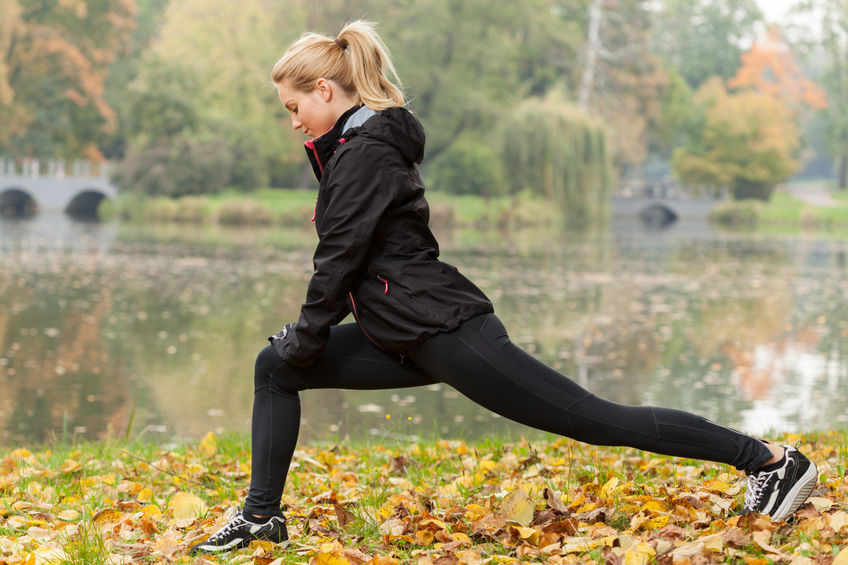Should You Cool Down?
#withDavida
My daughter’s swim coach reminded me the importance of the cool down. After my 12 year old exerts her self in a 50-meter free style sprint her coach requires she get back in the pool and swim leisurely a few laps before she goes home. What does this do? Coach Sarah Ehekircher says it works out the lactic acid built up in the muscles and keeps the muscles from tightening up and cramping. Ehekircher says in her 25-years of coaching and swimming herself she has found cooling down keeps the muscles loser and better prepared for the next day’s race or practice.
Of course my daughter barely notices the difference. Her body is young and still developing. Kids are able to recover from muscle stress faster and easier then us so-called 29-year olds. Ehekircher says, as the swimmers get older they notice the benefit. It’s nice to develop good habits early.
I too advocate cooling down and stretching as a proper way to complete a workout, especially if it was strenuous. Even in yoga the shavasana at the end is built in to give your body a rest from the work it just endured.

An Important Part of Your Workout is Your Cool Down!
Cooling down means slowly decreasing the level of your exertion as opposed to abruptly stopping and sitting down.
It’s important to slow the heart rate while the blood vessels are dilated. If you stop while your heart is still beating fast and pumping blood through the body the blood can start too pool in your extremities. For some this could cause them to feel sick or light headed.
Cooling down has also been touted as a good way to work out lactic acid, a muscle by product. Lactic acid, once blamed for muscle soreness is now credited with helping fuel muscles during high intensity. Instead of getting rid of it, experts say you want to train your body to metabolize it more efficiently. Cooling down or slowing the tempo of your workout can help. Instead of trying to stretch or massage out the lactic acid allow the body to convert it more efficiently.
The stretching is where the discrepancy comes in. There is a long held theory that cooling down and stretching relieved soreness. But some recent studies found doing so did nothing to reduce delayed onset muscle soreness (DOMS). So if you were only cooling down to avoid tenderness the next day then this would be a good excuse to skip it. Otherwise, stretching is good for increasing flexibility and keeping muscles supple.
Should you take the time to cool down?
Yes.
- First, do it for the physical reasons stated above.
- Secondly, it gives you an opportunity to mentally recuperate and reflect on your workout.
- Savor it like a good meal.
- Thirdly, it feels good!
- I additionally find a nice hot tub or massage to further enhance physical and mental well-being.
- The fact is if your muscles are tight it hinders their ability to perform and more than soreness, tight muscles can cause pain.
- I realize this every time I go for a massage and have my aches relieved by applied pressure working out tension, smoothing connective tissue and increasing circulation.
If you agree you can benefit from a cool down:
–Schedule in the time to cool down and stretch
-For last 5-10 minutes of your workout slow your pace to a level of about 7-11 on the Borg Rating of Perceived Exertion (RPE)
-Don’t stop moving until your heart rate is back to normal range then stretch the muscles used, holding for at least 20-30 seconds.
Be sure to discuss your workout routine with your doctor.
Resources:
American Heart Association: http://www.heart.org/HEARTORG/HealthyLiving/PhysicalActivity/FitnessBasics/Warm-Up-Cool-Down_UCM_430168_Article.jsp#.V-l8RTt5BlI
Lactic Acid: https://runnersconnect.net/running-training-articles/science-of-lactic-acid/
Borg Rating of Perceived Exertion: http://www.cdc.gov/physicalactivity/basics/measuring/exertion.htm











